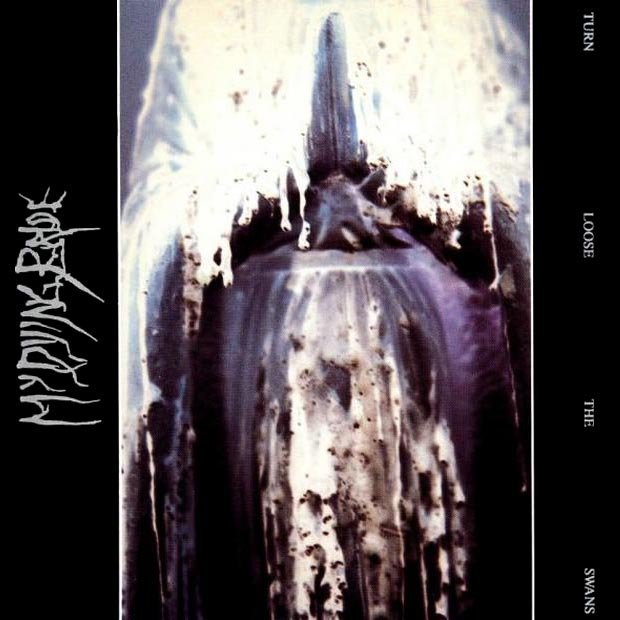

These elements will often be layered over each other nearing the end of the song to create a more bombastic and epic feel to the music. Structurally gothic metal uses a contrast structure model, performing a section within a song in a more atmospheric, melodic way utilising the ''beauty'' vocalist while lacking the 'heavyness' commonly attributed to metal, before alternating into a more aggressive section more akin to symphonic black/death metal, which the ''beast'' vocalist will often sing over. More recent bands, or bands inspired by this have provoked experimentation with this formula with the use of two vocalists of the same sex being prominent. Vocally, gothic metal makes extensive use of the beauty and beast aesthetic as its most defining trait, this most often being shown as having a female vocalist singing, while a male vocalist provides a counterpoint through the use of vocals akin to black and/or death metal. Musically, the defining characteristics of gothic metal are its vocal style and structure. Lyrics are generally dark or fantasizedwith inspiration from gothic fiction as well as personal experiences, though influence from fairy tales, myths and ancient history are also common. However the musical aspects of Gothic Metal are very precise, though also mostly unrelated to goth metal, often causing what appears to be large diversity within the genre. The music of gothic metal is considered diverse by those often unfamiliar with the primary scene, citing bands adopting a gothic approach to varying styles of heavy metal music. The genre originated during the early 1990s in Europe originally as an outgrowth of death doom metal. It is characterised as a combination of the dark and often haunting atmospheres of gothic rock with the power and heaviness of the extreme metal subgenres and doom metal placing heavy emphasis on a deeply focused vocal style. Gothic metal is a subgenre of heavy metal music.


 0 kommentar(er)
0 kommentar(er)
